Amid Capital Winter in the Auto Market, Why Does FAW Bestune Alone Receive an "Injection" of 8.55 Billion?
Recently, the Beijing Equity Exchange officially announced the progress of capital increase for FAW Bestune Automobile Co., Ltd. China FAW has teamed up with Jiangsu Yueda Automobile Group, ABC Financial Asset Investment Co., Ltd. (referred to as "ABC Asset"), China Telecom, and Nanjing Horizon Information Technology Co., Ltd. (referred to as "Horizon") to complete a strategic capital injection of 8.55 billion yuan. Among them, external capital injection amounted to 3.31 billion yuan, while China FAW simultaneously added 5.24 billion yuan, forming a diversified investment pattern of "industrial synergy + capital assistance + technological empowerment." This move is not only seen as a new benchmark for state-owned enterprise mixed-ownership reform but also, occurring at a critical period when competition in the new energy vehicle industry enters the "second half," prompts deep industry reflection on the reshaping of the financing landscape. Its funding scale far exceeds that of many struggling new emerging car companies, reflecting that the flow of capital is shifting from "concept speculation" to "value validation."
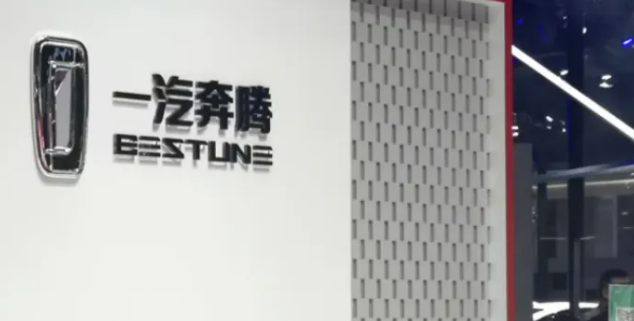
The division in the new energy financing market intensifies: traditional car companies transforming into brands become a "safe haven" for capital.
In recent years, the financing market for new energy vehicles has shown a contrasting "ice and fire" trend: new entrant car companies face increasingly limited financing channels, with some companies encountering survival crises; meanwhile, new energy brands under traditional car manufacturers, leveraging the advantages of "state-owned backing + industrial chain collaboration," are frequently securing large-scale financing, becoming the "darlings" of the capital market.
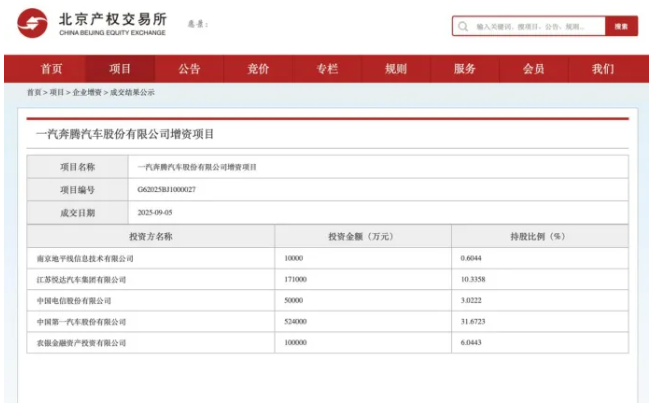
In the U.S. market, emerging players once seen as "stars of tomorrow," such as Canoo and Nikola, have filed for bankruptcy protection due to a deteriorating financing environment and unclear business models. This highlights the common predicament faced by global new forces of "peaking immediately after listing." The domestic market is equally challenging: since 2022, the reshuffling among new forces has accelerated, with companies like HiPhi, JiYue, and Hozon exiting the market due to funding obstacles. JiYue Auto, which once relied on Baidu's Apollo intelligent driving technology and Geely's SEA architecture, faced issues with software and hardware integration and chaotic financial management. After Baidu withdrew its 3 billion yuan investment, a 7 billion yuan funding gap was exposed, leading to its sudden dissolution in December 2024. Neta Auto, at the beginning of 2025, was caught in a whirlpool of layoffs and pay cuts, with its Nanning factory sustaining production only through financial support from local state-owned enterprises.
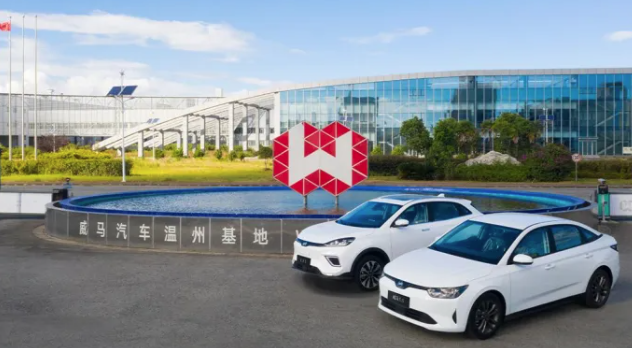
From the financing data, the "hematopoietic ability" of new forces is continuously weakening. Taking NIO as an example, in March 2025, it raised 4.03 billion Hong Kong dollars through a lightning placement on the Hong Kong Stock Exchange, but the issuance discount was as high as 9.5%, setting a record for the highest discount on large-scale additional issuance within the year. This reflects market concerns about its ongoing losses. In contrast, during the financing boom in 2021, WM Motor set an industry record with a single financing of 10 billion yuan, but now it has fallen into bankruptcy restructuring due to insolvency, highlighting the stark contrast between then and now.
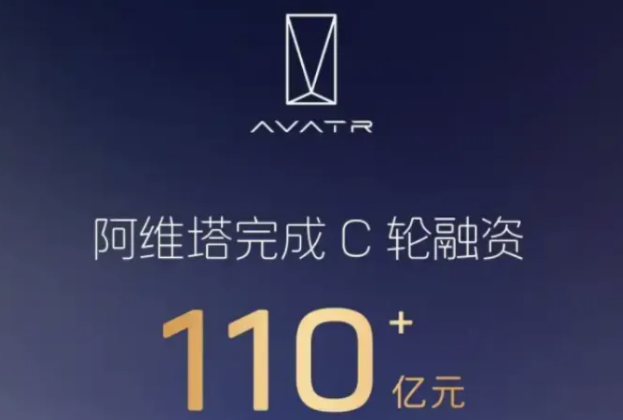
Delving into the root causes, new forces generally rely on the extensive model of "burning money to gain market share" but lack a core technology moat. The American new force Proterra focused on the high-end electric bus market, with product prices ranging from $800,000 to $1 million. Due to insufficient market demand and an unclear path to profitability, it ultimately became a typical example of financing failure. The exit of the domestic company Jiyue Auto further confirmed the shortcoming of "relying on external technology but unable to integrate"—without independently controllable core capabilities, it is ultimately difficult to gain long-term trust from capital.
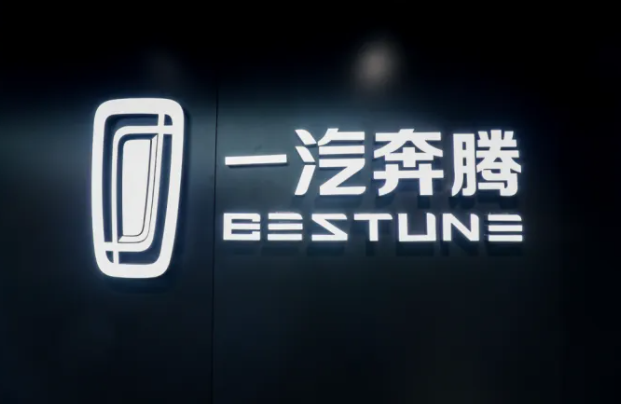
In stark contrast to the winter faced by new forces, the new energy transition brands under traditional car companies are becoming the focus of capital pursuit. From the end of 2024 to early 2025, several large-scale financing cases emerged: Avatr completed a 11 billion yuan Series C financing, with strategic investors such as Changan Automobile and CATL participating, and the funds are designated for R&D and overseas expansion; BAIC New Energy introduced 11 strategic investors including CATL and Pony.ai, receiving an 8.15 billion yuan capital increase, effectively alleviating the pressure of continuous losses; IM Motors' Series B financing reached 9.4 billion yuan, primarily directed towards the development of intelligent chassis and steer-by-wire technology. FAW Bestune's 8.55 billion yuan capital increase is a continuation of this trend—led by China FAW and jointly completed with Jiangsu Yueda, ABC Asset Management, China Telecom, and Horizon Robotics, with the funds mainly used for solid-state battery R&D and the implementation of intelligent driving technology. During the same period, among the new forces, only a few leading companies such as NIO and Xiaomi completed additional offerings, and both the scale of financing and valuations were far below those of the traditional transition brands.
Industry analysts point out that this gap is essentially a choice of capital between "controllable risks" and "development certainty." Traditional automakers transforming their brands, backed by state-owned capital, possess industrial chain synergy capabilities and clear profit paths, which better align with capital's demand for "risk aversion and stability."
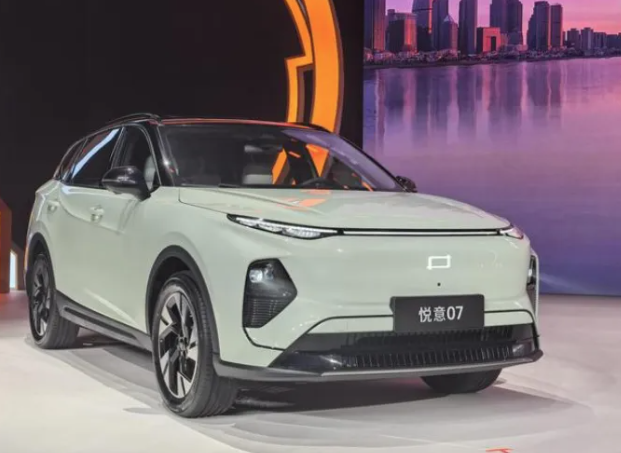
From "Concept-Driven" to "Performance-Driven": Capital Evaluation Standards Shift Towards Full Industry Chain Capability
After the new energy vehicle industry shifted from policy-driven to market-driven, the evaluation standards in the capital market underwent a fundamental transformation: there is no longer an obsession with the "intelligent driving concept" or "user growth stories," but rather a greater emphasis on the company's full industry chain capabilities, clear profitability path, and sustainable business model.
Profitability has become the core indicator for capital consideration. Among the new forces, only Li Auto has achieved stable profitability, Leapmotor is expected to break even in the fourth quarter of 2024, and XPeng Motors has been continuously narrowing its net losses. In contrast, NIO's net loss is anticipated to reach 12 billion yuan in the first half of 2025, representing a 16% year-on-year increase, making it the company with the most fundraising but the poorest profit margin among the "Weixiaoli" trio. NIO's predicament is closely related to its capital-intensive battery swap model—the construction of swap stations and battery reserves requires continuous significant investment. Although this enhances user experience, it continually erodes profits, raising doubts about the sustainability of its business model.
The case of NIO illustrates that the tolerance of capital for "burning money for growth" has dropped to freezing point. Without a clear path to profitability, no matter how compelling the "story" is, it is difficult to gain recognition. In contrast, the reason capital is willing to bet 8.55 billion yuan on FAW Bestune is mainly due to the "certainty" provided by its institutional reforms and market performance in the past two years.
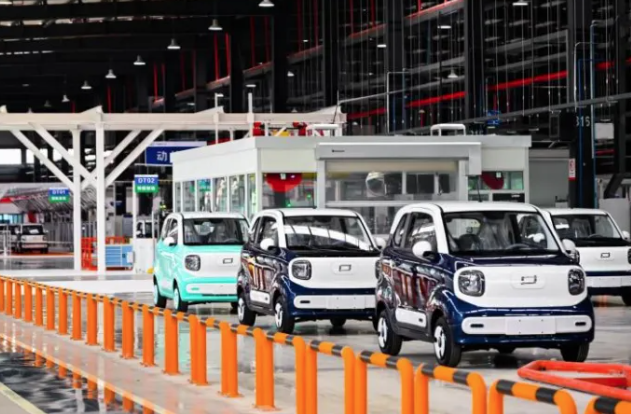
In March 2024, FAW Bestune completed a shareholding reform, invigorating the company's internal drive by introducing external market resources and mechanisms. In the same year, its annual vehicle sales reached 151,000 units, the highest level in the past decade. Among them, sales of new energy products reached 83,000 units, a year-on-year increase of 214%, with the penetration rate of new energy vehicles rising to 55%, initially validating the effectiveness of the transformation. From January to August 2025, FAW Bestune's growth momentum further accelerated, achieving vehicle sales of 118,000 units, a year-on-year increase of 47.5%.
This series of data indicates that traditional car manufacturers transitioning their brands are establishing a "certainty" advantage recognized by capital through a threefold approach of "system innovation + technological breakthroughs + market validation." To overcome financing difficulties, new power car companies must shift from "storytelling" to "strengthening internal capabilities," achieving breakthroughs in core technology development, profitability model design, and full industry chain collaboration.
The competition in the new energy vehicle industry has entered "deep waters." The differentiation in capital flow is not only a result of market choices but also an inevitable part of industry upgrading. For new forces, only by abandoning the extensive model of "burning money for market share" and building independently controllable core capabilities can they survive the "winter" of the capital market. Meanwhile, for traditional car companies transitioning their brands, how to transform "state-owned capital endorsement" into "market competitiveness" and convert "financing advantages" into "profitability achievements" remains a subject that requires continuous exploration in the future.
The new energy vehicle market has performed remarkably, with sales reaching 101,000 units, a year-on-year surge of 233.9%. The market penetration rate has exceeded the 85% mark, and its market ranking has risen by 14 positions compared to the same period last year. In terms of product layout, the star model, Benteng Xiaoma, has achieved cumulative sales of over 119,000 units within a year of its launch. Meanwhile, the twin models under the Yueyi series have delivered more than 16,000 units within three months of their launch. This success is attributed to a product strategy that precisely meets user needs, gradually solidifying a virtuous cycle of "capital-technology-market."
The reason why the transformation brands under traditional automakers can win the favor of capital lies in their deep accumulation of expertise in channel expansion, production manufacturing, and supply chain management. These advantages are not only the foundation of "industrial synergy" and "strong partnerships," but also the "barriers" that emerging car companies find difficult to imitate and surpass in the short term.
Leveraging the years of technological accumulation from China FAW, FAW Bestune can swiftly integrate resources to overcome key technical challenges and create win-win situations with partners. For example, through the digital upgrades of the Changchun and Yancheng bases and the construction of innovative technology platforms such as the Ultralight Architecture and Xingchi Chassis, FAW Bestune is better able to assimilate Horizon's intelligent technology, launching products that are both technologically advanced and quality-assured. At the same time, utilizing FAW Group's mature supply chain network and bargaining power from large-scale procurement, FAW Bestune has achieved close collaboration with Jiangsu Yueda in the Yangtze River Delta industrial cluster, which not only consolidates cost advantages but also ensures product consistency and reliability. This has allowed it to stand out in price wars and achieve breakthroughs in quality.
The capital market has expressed its strong confidence in the reform path and development prospects of FAW Bestune with an actual investment of 8.55 billion yuan. This trust stands in stark contrast to those emerging car companies that are still struggling to raise funds and also foreshadows the future landscape of the new energy vehicle market: traditional transformation brands and leading enterprises with technological, production capacity, and market advantages will become the dominant forces, while emerging car companies lacking core competitiveness will be eliminated from the market more quickly.
【Copyright and Disclaimer】The above information is collected and organized by PlastMatch. The copyright belongs to the original author. This article is reprinted for the purpose of providing more information, and it does not imply that PlastMatch endorses the views expressed in the article or guarantees its accuracy. If there are any errors in the source attribution or if your legitimate rights have been infringed, please contact us, and we will promptly correct or remove the content. If other media, websites, or individuals use the aforementioned content, they must clearly indicate the original source and origin of the work and assume legal responsibility on their own.
Most Popular
-

List Released! Mexico Announces 50% Tariff On 1,371 China Product Categories
-

EU Changes ELV Regulation Again: Recycled Plastic Content Dispute and Exclusion of Bio-Based Plastics
-

Mexico officially imposes tariffs on 1,400 chinese products, with rates up to 50%
-

Clariant Unveils Cost-Cutting Plan Details, Plans to Shut Down Multiple Plants
-

Nissan Cuts Production of New Leaf EV in Half Due to Battery Shortage






